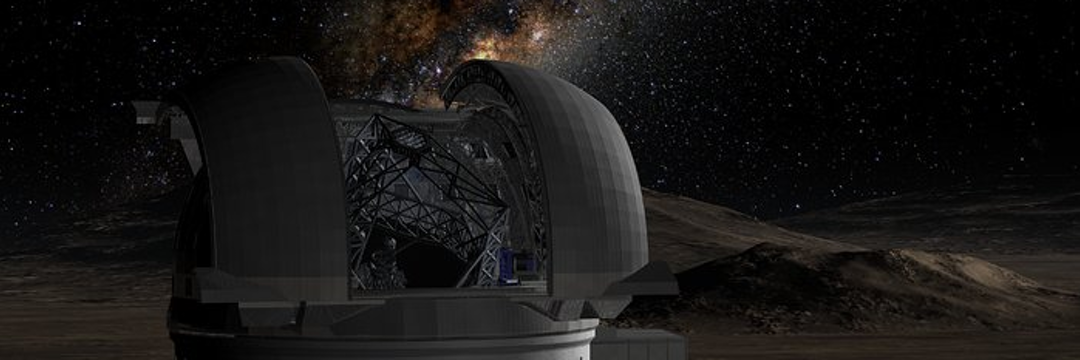
doi.org/10.1103/PhysRevLett.133.172502
Credibility: 999
#Elementos
What is the heaviest element in the universe” Are there an infinite number of elements” Where and how could superheavy elements be formed naturally”
The heaviest known naturally occurring element is uranium, with 92 protons (this number is the “Z” or atomic number).
But scientists have managed to synthesize superheavy elements, such as oganessonium (with Z=118), just behind livermorium (Z=116) and tennessine (Z=117).
All of these elements have very short lifetimes”the time it takes for half of an element`s atoms to decay”often lasting less than a second, and some as little as a microsecond.
Creating and detecting these elements requires powerful particle accelerators and complex measurements.
But the traditional way of producing high-Z elements is reaching its limits.
So a group of scientists from the US and Europe have proposed a new method to produce superheavy elements in addition to the existing technique.
The work was conducted at the Lawrence Berkeley National Laboratory in California and published in the journal Physical Review Letters.
“The idea of an “island of stability” remains intriguing.
Its exact location remains a subject of study in both theory and experiments in nuclear physics,” J.M.
Gates of LBNL and his colleagues wrote in the paper.
The island of stability is a region where superheavy elements and their isotopes”nuclei with the same number of protons but different numbers of neutrons”can have much longer lifetimes than nearby elements.
It is thought to occur for isotopes near Z=112.
To discover superheavy elements, one of the most common methods is to bombard elements in the actinide series (Z=89 to Z=103) with atoms of calcium-48, which has 20 protons and 28 neutrons.
Calcium-48 is special because it has a “magic number” of protons and neutrons, meaning that these numbers completely fill the available energy shells in the nucleus.
Having a magic number of protons and/or neutrons makes the nucleus very stable; for example, calcium-48 has a half-life of about 60 billion billion years (much longer than the age of the universe).
These reactions are called “hot fusion.” Another technique uses isotopes of titanium-50 to zinc-70 as accelerated beams on lead or bismuth targets, and is called “cold fusion.” This is how elements like oganesson (Z=118) were discovered.
However, the time required to produce new superheavy elements has been increasing, sometimes taking weeks for a single run.
As we approach the “island of stability,” scientists need new techniques to go beyond oganesson.
But finding targets for superheavy elements like einsteinium or fermium for new experiments is not easy.
“We need a new approach,” Gates and his team wrote.
And that`s what they found.
Theoretical models of the nucleus have successfully predicted the production rates of superheavy elements below oganesson using actinide targets and beams heavier than calcium-48.
These models agree that titanium-50 would be the best beam to produce elements with Z=119 and Z=120, with a high success rate.
However, there are still some parameters that theorists need to define, such as the exact energy of the beams, and some mass values that can only be measured experimentally.
These numbers are important because they can greatly affect the production rates of superheavy elements.
Several experiments have attempted to produce atoms with proton numbers between 119 and 122, but all have been unsuccessful.
Limitations on the reaction cross sections prevented scientists from further defining theoretical models.
Gates” team investigated the production of livermorium isotopes (Z=116) using a titanium-50 beam on plutonium-244 targets.
Using Berkeley Lab`s 88-inch Cyclotron accelerator, the team produced a beam averaging 6 trillion titanium ions per second, impacting a 12.2-cm-wide plutonium target for 22 days.
By careful measurements, they determined that livermorium-290 was produced via two distinct nuclear decay chains.
“This is the first production of a superheavy element near the island of stability with a beam other than calcium-48,” they concluded.
The reaction cross section, or probability of interaction, decreased, as expected with heavier beams, but “the success of this measurement validates that new discoveries of superheavy elements are within our reach.” The discovery represents the first time that a collision between non-magical nuclei has shown the potential to create other superheavy atoms and isotopes, which could open the door to further discoveries.
We know of about 110 isotopes of superheavy elements, but another 50 are expected to be out there, waiting to be discovered using new techniques like this.
Publicado em 10/29/2024 07h05
Artigo original:
Estudo original:


